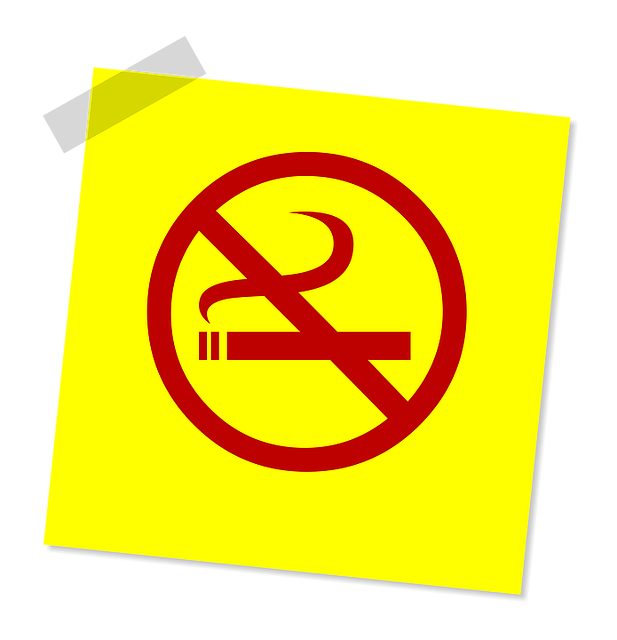Why It Matters

Walking into a new home should be a breath of fresh air—literally. Yet many new homeowners quickly discover their space still carries the stale reminder of past smoking habits. The smell of nicotine isn’t just unpleasant—it’s persistent, and more importantly, it may pose health and structural concerns if left untreated.
Nicotine and tar from cigarette smoke adhere to walls, ceilings, flooring, HVAC systems, and even inside cabinetry. This residue, often called third-hand smoke, can continue to affect indoor air quality long after the last cigarette was smoked. It can yellow surfaces, degrade finishes, and trigger respiratory discomfort—especially in children, pets, and those with sensitivities.
Step 1: Air Out the Space
Start by improving ventilation. Open all windows and doors and run exhaust fans to encourage maximum air exchange. This alone won’t remove the odor, but it’s a vital first step in moving stagnant air out of the home.
Step 2: Clean Every Surface Thoroughly
Nicotine residue is oily and stubborn. Use targeted cleaning agents such as:
- Vinegar-based solutions
- Ammonia-based cleaners
- Trisodium phosphate (TSP)
Always test cleaners on small, inconspicuous areas first. Focus on washing walls, ceilings, trim, doors, and even light switches. Remember, smoke travels—and settles—everywhere. Be extra cautious when handling chemical cleaners.
Step 3: Seal and Paint
Odor and stain-blocking primers are essential. Never apply new paint directly over nicotine-affected surfaces, as the stains and smells can bleed through. Once the surface is cleaned and dry, use a high-quality sealing primer before painting.
Recommended primer types include:
- Shellac-based
- Oil-based
- Specialty odor-sealing formulas
Step 4: Address Soft Materials and HVAC Systems
Smoke doesn’t just cling to hard surfaces—it embeds itself in soft ones too.
- Carpets, curtains, and upholstery should be professionally cleaned or replaced.
- HVAC systems need special attention. Change filters immediately, and consider a full duct cleaning to prevent odor recirculation.
Step 5: Don’t Overlook the Details
Smoke can settle in the least obvious places, such as:
- Inside light fixtures
- Behind cabinets
- Inside appliances
Remove and clean what you can. Glass light covers can be soaked. Appliance interiors should be wiped thoroughly.
A Clean Start, Inside and Out
Eliminating nicotine odor is a process—not a quick fix. But the reward is a home that’s clean, safe, and truly yours. Removing residue not only improves your day-to-day comfort but also protects long-term property value and indoor air quality.
If your home came with the scent of its history, now’s the time to clear the air—for good.
Need help evaluating a home’s condition before or after purchase? A comprehensive inspection can reveal odor sources and other hidden concerns. Knowing what you’re dealing with is the first step toward making a house feel like home.
